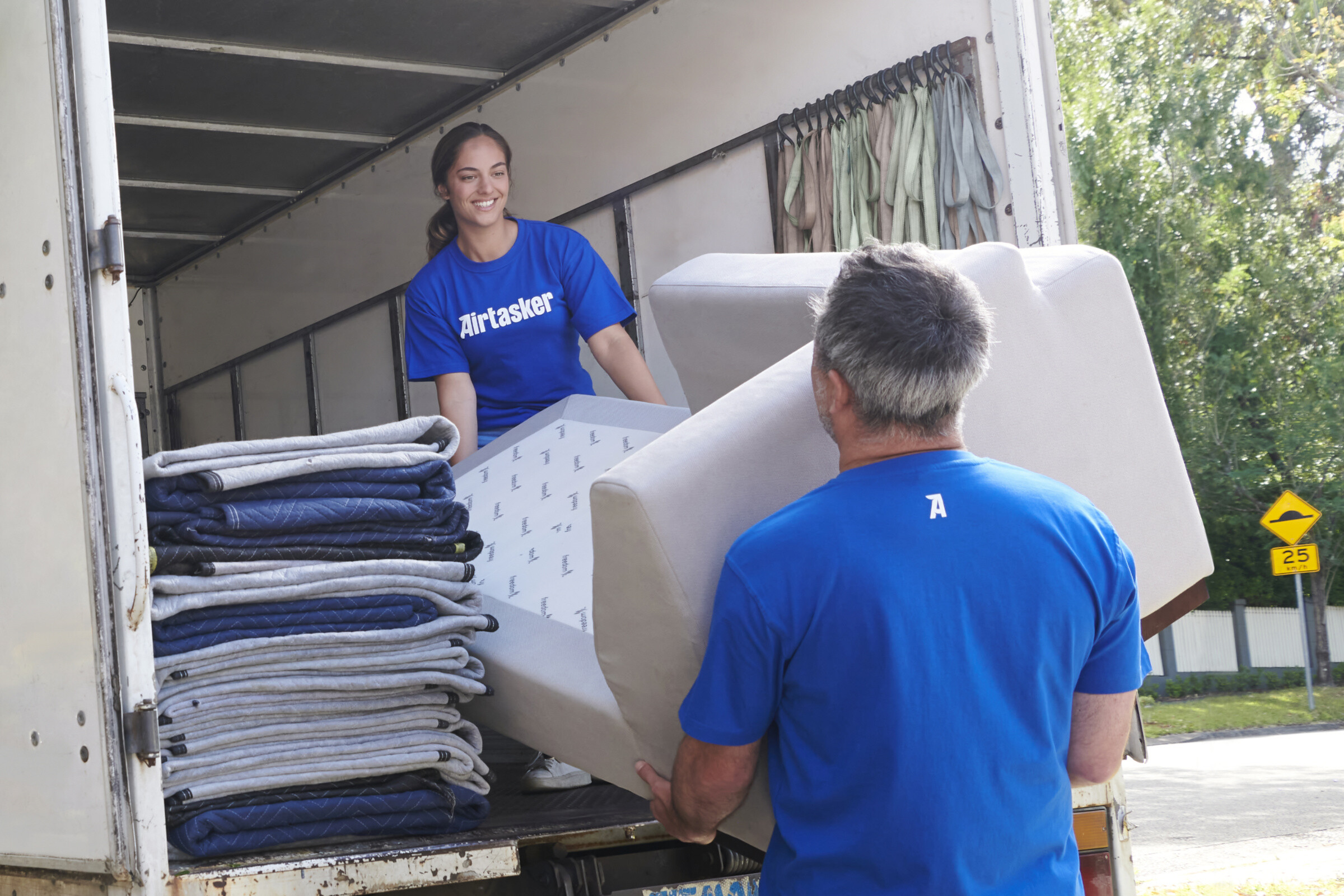Top 10 Tips for a Smooth Move with Central Coast Removalist Services

Picture this: you’re standing in your living room, surrounded by boxes, bubble wrap, and that growing pile of stuff you forgot you owned. Your moving day is just around the corner, and you’re wondering how you’ll ever get everything packed, loaded, and transported without losing your mind. Sound familiar? Moving doesn’t have to be a nightmare. With the right planning and smart choices, you can turn what feels like chaos into a smooth, organized process. These ten practical tips will help you navigate your move with confidence and maybe even keep your sanity intact.
Start Planning Early
The secret to a stress-free move isn’t magic – it’s time. Start planning at least eight weeks before your moving date. This gives you enough time to research removalist companies, book your preferred date, and tackle tasks without rushing.
Create a simple moving timeline. Write down what needs to happen each week leading up to your move. Week one might be getting quotes from removalists. Week four could be starting to pack non-essential items. Having a clear roadmap keeps you on track and prevents that last-minute panic.
Early planning also means better prices and availability. The best removalist companies get booked quickly, especially during peak moving seasons like summer holidays and end-of-month periods.
Choose the Right Removalist Service
This step can make or break your entire moving experience. Not all moving companies are created equal, so it pays to do your homework. Start by researching companies that service your area and have solid reputations.
When looking for quality removalist services Central Coast, check that they’re properly licensed and insured. Ask about their insurance coverage for your belongings. A reputable company will be happy to explain their policies and show you their credentials.
Read online reviews, but look beyond the star ratings. Pay attention to how companies handle problems and whether they respond to customer concerns. Get quotes from at least three different companies. The cheapest option isn’t always the best value, especially if it means damaged items or hidden fees later.
Ask specific questions about their process. How do they protect furniture? What happens if something gets damaged? Do they charge extra for stairs or long carries? These details matter on moving day.
Declutter Before You Pack
Moving is the perfect time to lighten your load. Go through each room and decide what you really need in your new home. That exercise bike you haven’t used in two years? The stack of magazines from 2019? It might be time to let them go.
Decluttering saves you money on moving costs since most companies charge based on weight or volume. It also means less to unpack and organize in your new space. Sort items into three piles: keep, donate, and throw away.
Local charity shops are usually happy to collect furniture and household items. For electronics and appliances, check if your council has special disposal programs. Some items might even have resale value through online marketplaces.
Pack Smart and Label Everything
Good packing makes unpacking so much easier. Start with items you use least often, like seasonal clothes or books. Pack one room at a time to stay organized.
Invest in quality moving boxes, packing paper, and bubble wrap. It’s cheaper than replacing broken items. Use smaller boxes for heavy things like books, and larger boxes for lighter items like pillows and clothes.
Label every box clearly. Don’t just write “kitchen stuff” – be specific like “kitchen – pots and pans” or “bedroom – summer clothes.” Use different colored labels for each room. This helps movers know exactly where each box should go in your new home.
Take photos of valuable items before packing them. This creates a record in case you need to make an insurance claim later.
Prepare for Moving Day
Moving day runs smoother when everyone knows what to expect. Confirm the details with your removalist company a few days before. Double-check the time, address, and any special instructions.
Create a simple inventory list of your major items. You don’t need to list every book, but note furniture pieces and valuable items. This helps ensure nothing gets left behind or lost.
Clear pathways in both homes. Remove any obstacles that might slow down the movers or cause accidents. If you have narrow doorways or tricky stairs, mention this when booking so the team comes prepared.
Pack a cooler with drinks and snacks for the moving team. Moving is hard work, and a cold drink goes a long way toward keeping everyone happy and motivated.
Handle Important Documents Separately
Never pack important documents and valuables with your household goods. Keep these items with you during the move. This includes passports, birth certificates, insurance papers, medical records, and financial documents.
Create a “moving day” folder with copies of your moving contract, inventory lists, and contact numbers. Having everything in one place saves time and stress if you need to reference something quickly.
Consider making digital copies of important documents as a backup. Store these on a cloud service or USB drive that you keep with you during the move.
Set Up Utilities and Services
Nothing’s worse than arriving at your new home to find no power or internet. Contact utility companies at least two weeks before moving to arrange connections.
Make a list of services to transfer or set up: electricity, gas, water, internet, phone, cable TV, and garbage collection. Some services need several days’ notice, especially internet installations.
Don’t forget to update your address with banks, insurance companies, subscription services, and government agencies. Australia Post offers a mail redirection service that can help catch anything you might have missed.
Pack an Essential Box
Your essential box is your survival kit for the first 24-48 hours in your new home. Pack this box last and unpack it first. Include basics like toiletries, medications, phone chargers, a change of clothes, and bedding.
Add some comfort items too – coffee, tea, snacks, and maybe a bottle of wine to celebrate your successful move. Include basic tools like a screwdriver, hammer, and utility knife for immediate needs.
Label this box clearly and make sure it goes in your car, not on the truck. You want immediate access to these essentials without digging through a pile of boxes.
Communicate with Your Removalists
Clear communication prevents misunderstandings and delays. When the moving team arrives, do a quick walkthrough together. Point out any fragile or valuable items that need special handling.
Let them know about any items with special requirements. That antique dresser might need extra padding, or your washing machine might need special disconnection.
Exchange contact numbers with the team leader. If there are any issues or delays, you can communicate directly rather than going through the office.
Stay available during the move, but don’t hover over the workers. They’re professionals who know their job. Trust them to do their work while being available to answer questions.
Budget for Extra Costs
Moving always costs more than you expect. Plan for unexpected expenses like extra packing materials, storage fees if there are delays, or meals for the family during the transition.
Set aside about 10-20% of your moving budget for surprises. Maybe you need more boxes than planned, or there are access fees you didn’t know about. Having a buffer reduces stress when these costs pop up.
Consider the value of professional packing services. While it costs more upfront, it can save time and prevent damage to valuable items. Sometimes the peace of mind is worth the extra expense.
Conclusion
Moving doesn’t have to be overwhelming when you approach it with a solid plan and the right help. These ten tips give you a roadmap from the early planning stages right through to settling into your new home. The key is starting early, staying organized, and choosing professionals you can trust.
Remember, a good removalist team does more than just load boxes onto a truck. They’re partners in making your transition as smooth as possible. With proper planning and professional help, you can focus on the excitement of your new home rather than the stress of getting there. Take it one step at a time, and before you know it, you’ll be unpacking in your new space with a smile instead of a headache.
